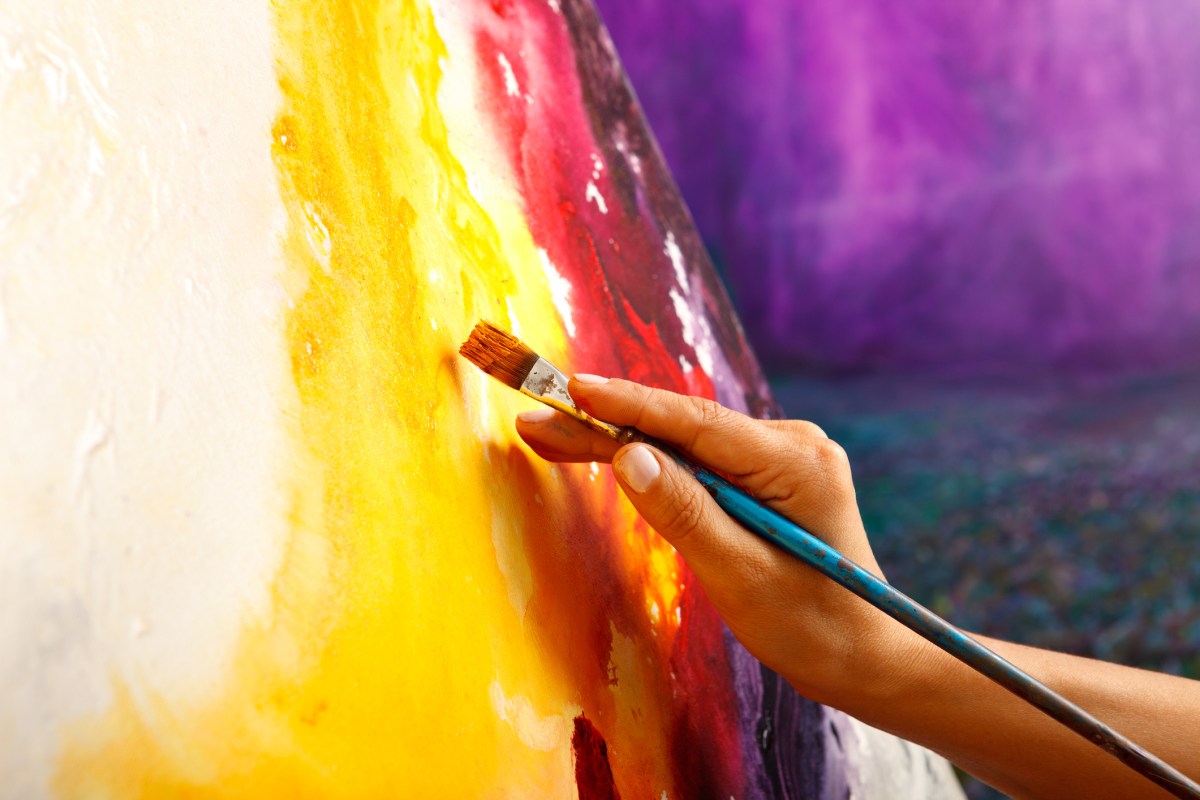Midjourney is planning to release an upgraded web tool that’ll let users edit any uploaded images from the web using Midjourney’s generative AI. The upgraded tool, which Midjourney CEO David Holtz said will be released “early next week,” will also allow users to retexture objects in images to “repaint” their colors and details according to […]
© 2024 TechCrunch. All rights reserved. For personal use only.
Midjourney is planning to release an upgraded web tool that’ll let users edit any uploaded images from the web using Midjourney’s generative AI.
The upgraded tool, which Midjourney CEO David Holtz said will be released “early next week,” will also allow users to retexture objects in images to “repaint” their colors and details according to captions.
Editing existing images with AI has become a hot-button topic lately. Platforms like Meta have wrestled with how to label images edited with AI tools versus generated from scratch with an AI model, while companies like Google have released powerful AI features that give no visual indication images have been AI-modified.
Last year, Midjourney committed to using the IPTC’s Digital Source Type property, a technical standard that embeds metadata in images denoting that they’ve been AI-generated. However, the company is one of the few major AI platforms that hasn’t embraced C2PA, a metadata technology that traces an image’s full provenance, including the equipment and software used to create it.
In a post on Midjourney’s official Discord server, Holz said that the upgraded image tool will be restricted to a “subset of the current community” to start, with increased human moderation as well as “new, more advanced AI moderators” to attempt to prevent abuse.
“Honestly, we’re not sure how to precisely restrict deployment of this feature,” he said. Midjourney’s soliciting community feedback via a poll that it’ll use to determine which users get access first.
There are risks to releasing these types of editing tools without adequate safeguards in place. They could facilitate copyright infringement on a massive scale, or promote the spread of misleading deepfakes.
Deepfakes are spreading like wildfire across social media, and making it harder to distinguish truth from disinformation. Most recently, fake generative AI images of destruction and human suffering flooded the web in the aftermath of Hurricane Helene.
According to data from Clarity, a deepfake detection firm, 900% more deepfakes have been created and published this year compared to the same time frame last year. It’s causing alarm, understandably. A recent poll from YouGov found that 85% of Americans were concerned about misleading deepfakes spreading online.
In the absence of a law criminalizing deepfakes at the federal level in the U.S., more than 10 states have enacted statutes against AI-aided impersonation. California’s law — currently stalled — would be the first to empower judges to order the posters of deepfakes to take them down or potentially face monetary penalties.
Midjourney hasn’t exactly been a shining example of responsible AI deployment. (It’s being sued over its alleged use of copyrighted content to train its generative AI models, for example.) But in recent months, the platform has taken steps to limit the spread of deepfakes, including filters for political figures leading up to the U.S. presidential election.

Leave a Reply